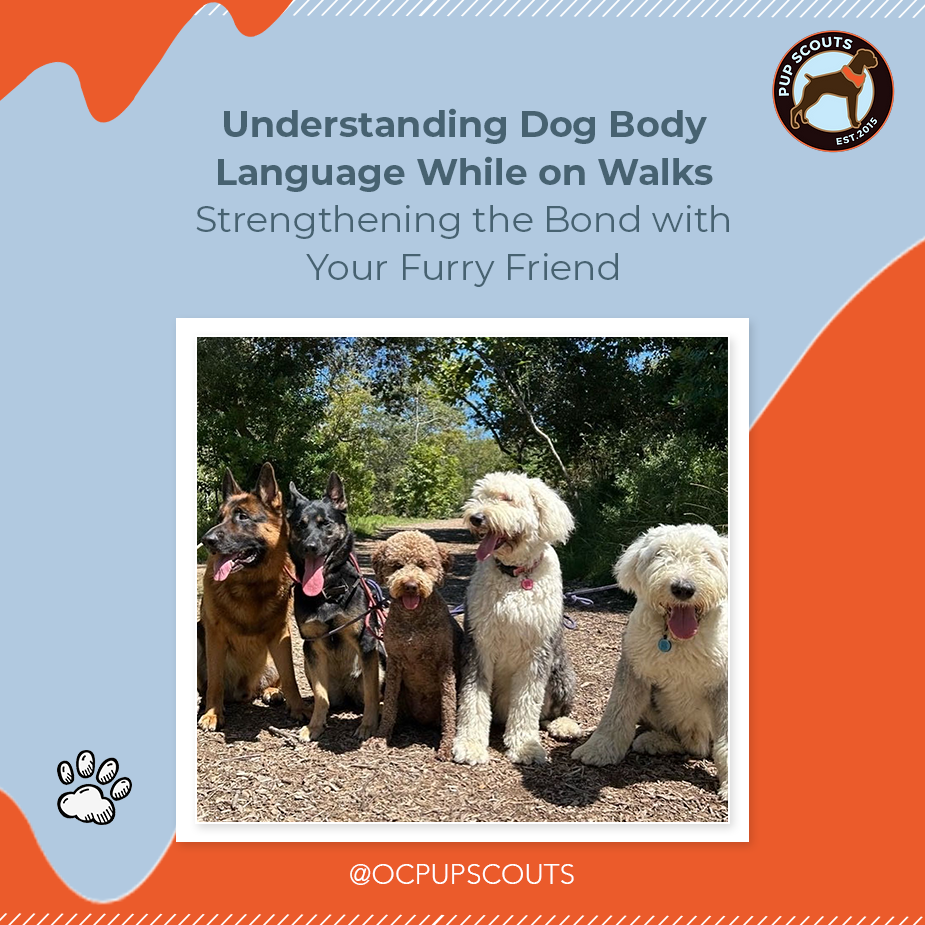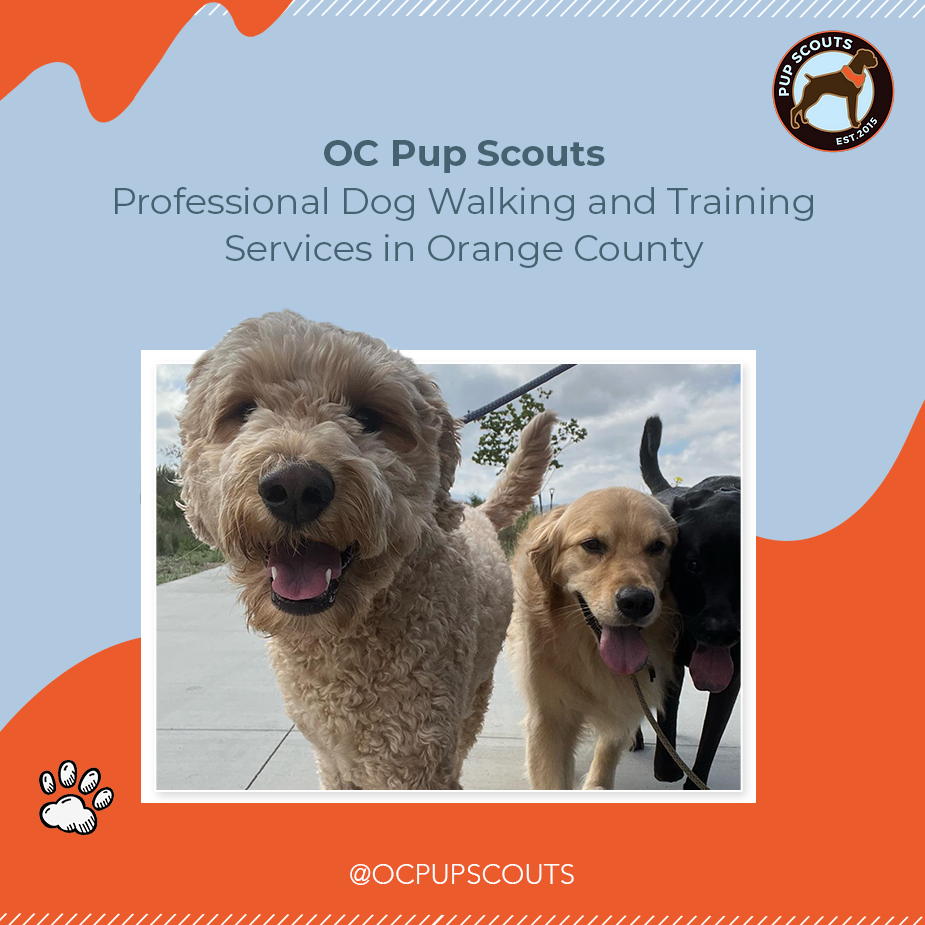
Walking your dog is not just a daily routine; it’s an opportunity to connect, exercise, and bond with your four-legged companion. This seemingly simple activity can become more meaningful and enjoyable when you take the time to understand your dog’s body language.
Just like humans, dogs communicate with their bodies, and decoding their signals can lead to a more harmonious and satisfying walk for you and your furry friend.
Let’s understand the importance of decoding dog body language while on walks and how it can help strengthen your bond.
The Significance of Dog Body Language
Dogs rely heavily on body language to convey their feelings, needs, and intentions. While vocalizations like barking and whining are essential to their communication, most of their emotional expression happens through their posture, facial expressions, and movement.
By paying attention to your dog’s body language during walks, you can:
1. Ensure Their Comfort and Safety
Understanding your dog’s body language allows you to identify stress, discomfort, or fear signs.
For example, if your dog suddenly lowers their tail, flattens their ears, or tucks their tail between their legs, it may indicate they are anxious or scared. Recognizing these signs can help you address the situation promptly, ensuring your dog’s well-being.
2. Strengthen the Bond
You build trust and a stronger bond when you respond appropriately to your dog’s body language.
Your dog learns you are attentive to their needs and feelings, creating a sense of security. This trust forms the foundation of a deep and fulfilling relationship.
3. Enhance Communication
By learning to decode your dog’s body language, you can anticipate their actions, guide them when necessary, and even teach them new commands more efficiently.
This improved communication fosters cooperation and understanding between you and your dog.
Key Body Language Signals to Watch For
To effectively interpret your dog’s body language while on walks, you should familiarize yourself with some key signals:
1. Tail Position
The position of a dog’s tail can reveal a lot about its emotional state. A wagging tail doesn’t always mean happiness; it can indicate excitement, anxiety, or aggression.
A relaxed tail usually suggests a calm and content dog, while a tucked tail may indicate fear or submission.
2. Ears
The position and movement of your dog’s ears can also convey their emotions. Forward-facing ears generally indicate attentiveness, while flattened ears may signal fear or aggression.
3. Posture
A dog’s overall body posture is a significant indicator. A confident dog will stand tall with a relaxed body, while a submissive or anxious dog may cower or lower themselves closer to the ground.
4. Eye Contact
Maintaining or avoiding eye contact can be a sign of dominance or submission.
It’s important to note that prolonged staring can be perceived as a threat in the dog world, so avoiding sustained eye contact with unfamiliar dogs is best.
5. Vocalizations
While not strictly body language, your dog’s sounds, such as growling, barking, or whining, are essential for understanding their feelings.
Growling may signal discomfort or aggression, while barking could signify excitement or alertness.
Applying Your Knowledge on Walks
Now that you’re familiar with some common dog body language signals, it’s time to put this knowledge into practice during your walks:
1. Observe Your Dog
Pay close attention to your dog’s body language when you leave the house. Are they walking with a relaxed posture and a wagging tail, or do they seem tense and nervous?
2. Interact Appropriately
If you notice signs of anxiety or discomfort, make your dog feel more at ease. It might involve giving them more space, using positive reinforcement, or redirecting their attention with treats or toys.
3. React to Other Dogs
Understanding body language is also crucial when encountering other dogs. Be cautious if you see signs of aggression or fear in another dog, and adjust your approach accordingly.
4. Respect Boundaries
Not all dogs are social butterflies. If your dog exhibits discomfort around other dogs or people, respect their boundaries and keep a safe distance.
5. Use Positive Reinforcement
When your dog displays desirable behavior, reinforce it with praise and treats. Positive feedback encourages them to continue behaving well on walks.
So, next time you head out for a walk with your dog, remember to pay attention to their body language—it’s the key to a happier and healthier bond with your furry friend.
OC Pup Scouts: Your Partner for Dog Walking and Training Services in Orange County
At OC Pup Scouts, we understand the importance of decoding your dog’s body language during walks and other interactions.
Our professional dog walkers & trainers are experts in recognizing and responding to canine cues, ensuring that your dog’s walks are enjoyable, safe, and beneficial for both physical and emotional well-being.
When you hire us as your dog walking partner, you’re not just hiring a dog walking service but investing in your dog’s happiness and relationship with your furry companion.
Our team is dedicated to providing personalized care and support, all while promoting positive behavior and communication on every walk.
Observing and responding to your dog’s cues can create a harmonious and enjoyable walking experience for you and your furry companion. And for those in the Orange County area, OC Pup Scouts is here to help you achieve just that. Contact us now to learn more about our services.

Frequently Asked Questions
1. How can I tell if my dog is anxious during our walks?
Anxiety in dogs can manifest through various signs such as excessive panting, lowered tail, ears pulled back, and trembling. If your dog shows these signs, try to identify triggers and gradually expose them to desensitization techniques to build confidence.
2. Is a wagging tail always a sign of a happy dog?
Not necessarily. While a wagging tail often indicates excitement or happiness, it can also signify anxiety or overstimulation. Pay attention to body language and context to accurately interpret your dog’s emotions.
3. What should I do if my dog growls at other dogs on walks?
Growling is a warning sign that your dog is uncomfortable or feels threatened. Respect their boundaries, redirect their attention with treats, and consider consulting a professional dog trainer to address any underlying behavior issues.
4. How can I encourage positive behavior during walks?
Positive reinforcement is key. Reward your dog with treats and praise when they exhibit desirable behavior, like walking calmly on a leash or ignoring distractions. Consistency and patience are essential for lasting results.
5. Can I improve my dog’s socialization skills during walks?
Yes, but it’s essential to proceed gradually. Controlled, positive interactions with other dogs and people can help build social skills. Enroll in group training, pack walking sessions, or consult a professional trainer for guidance.
6. Is maintaining eye contact with my dog during walks a good practice?
While brief eye contact is fine and can convey trust, prolonged staring may be perceived as challenging by your dog or others. Use eye contact judiciously and consider looking away occasionally to avoid confrontations.
More to read in OC Pup Scouts Blog

